The are some concepts around rivers that are not necessarily intuitive-
1. When rain infiltrates into the soil and downward into aquifers that helps river flow year round. Wet season rain can come out (in the river) during dry season because water traveling underground moves very slowly. So activities like digging swales can get rivers running year round again, as swales help guide rainfall undeground.
2. Slowing water in the river eg. with beaver dams, helps it flow year round
3. Floods follow a power scaling law similar to earthquakes, so floods will overflow rivers regularly. Floods naturally move water onto the floodplains. Dams and levees block this. If floods are allowed to overflow into floodplains, it helps grow vegetation, deposit sediment, build rich soil, and fill aquifers.
5. The rich growth of vegetation in floodplains and delta influences weather patterns on the continent. Evapotranspiration from floodplain vegetation increases small water cycle. The evapotranspired water blows inland to create rain. Trees slow wind, making it more likely for water vapor to nucleate into clouds. Conjecture: Floodplain vegetation helps to lessen extreme weather - less extreme temperatures, and less extreme variations of rain.
Murray-Darling River in Australia [above]
Parana River floodplain , Argentina [above]
……………..
This is a reader supported publication.
……………………..
We reached 1000 subscribers! Thank you to all who are reading my newsletter/podcast, thanks for all the feedback, and thanks for sharing my newsletter/podcast out to others. Its been a really rich experience researching these articles and writing them. The multiple pieces of the water puzzle and how it fits together with the ecology and climate picture, is getting clearer.





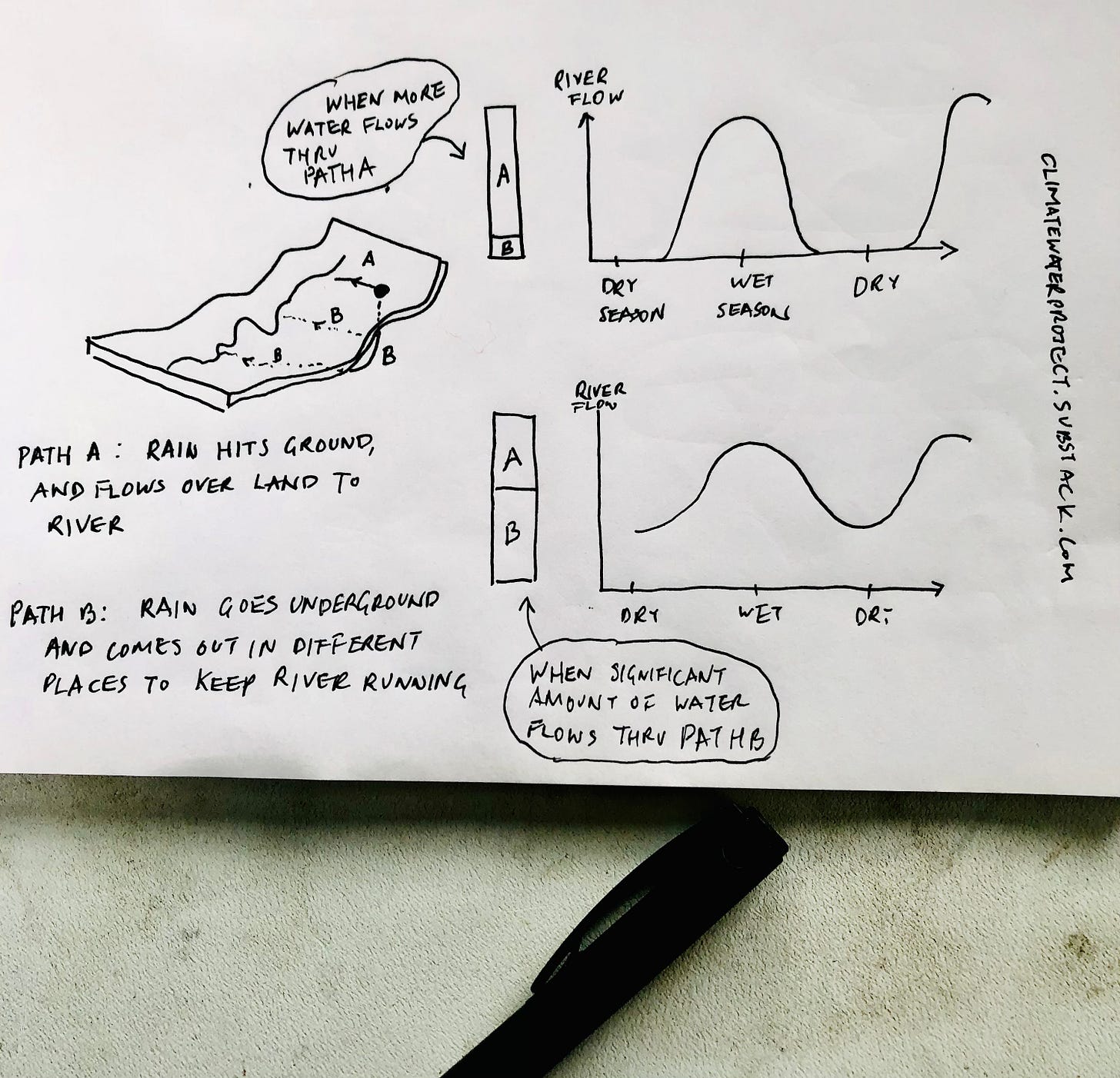

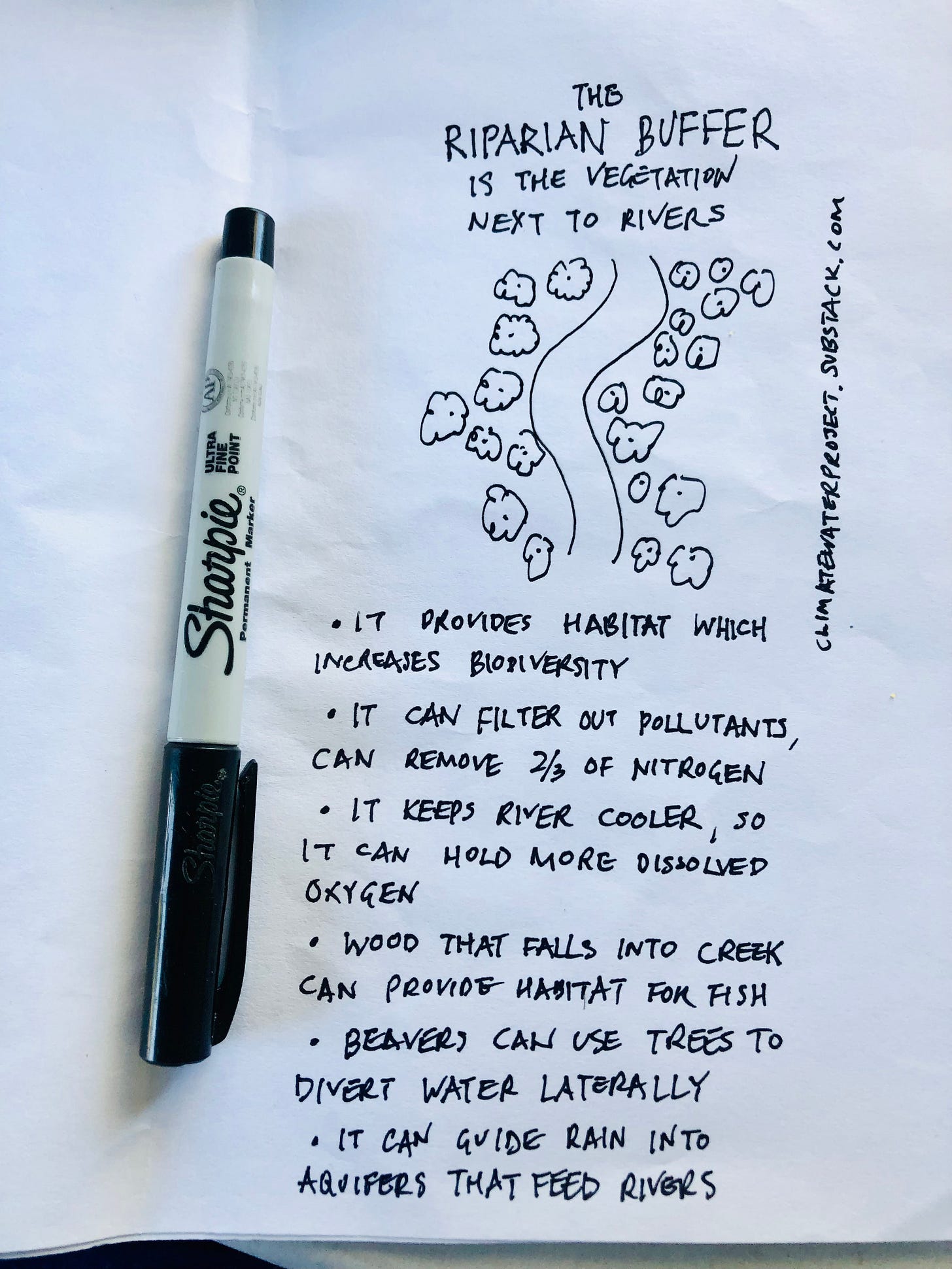
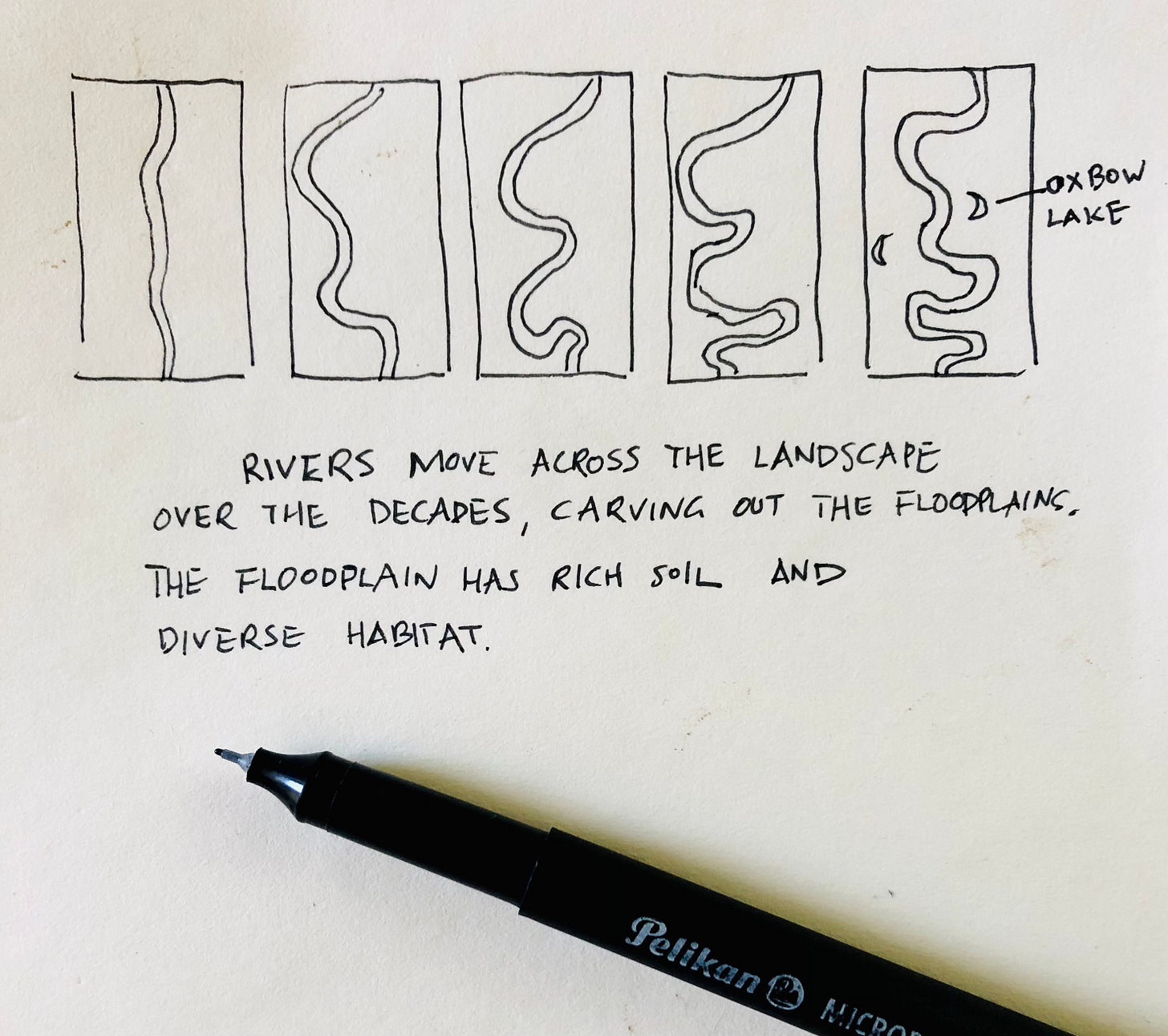

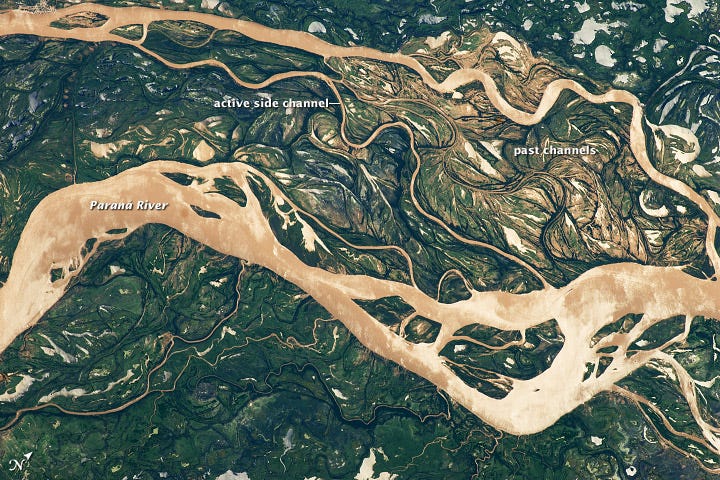


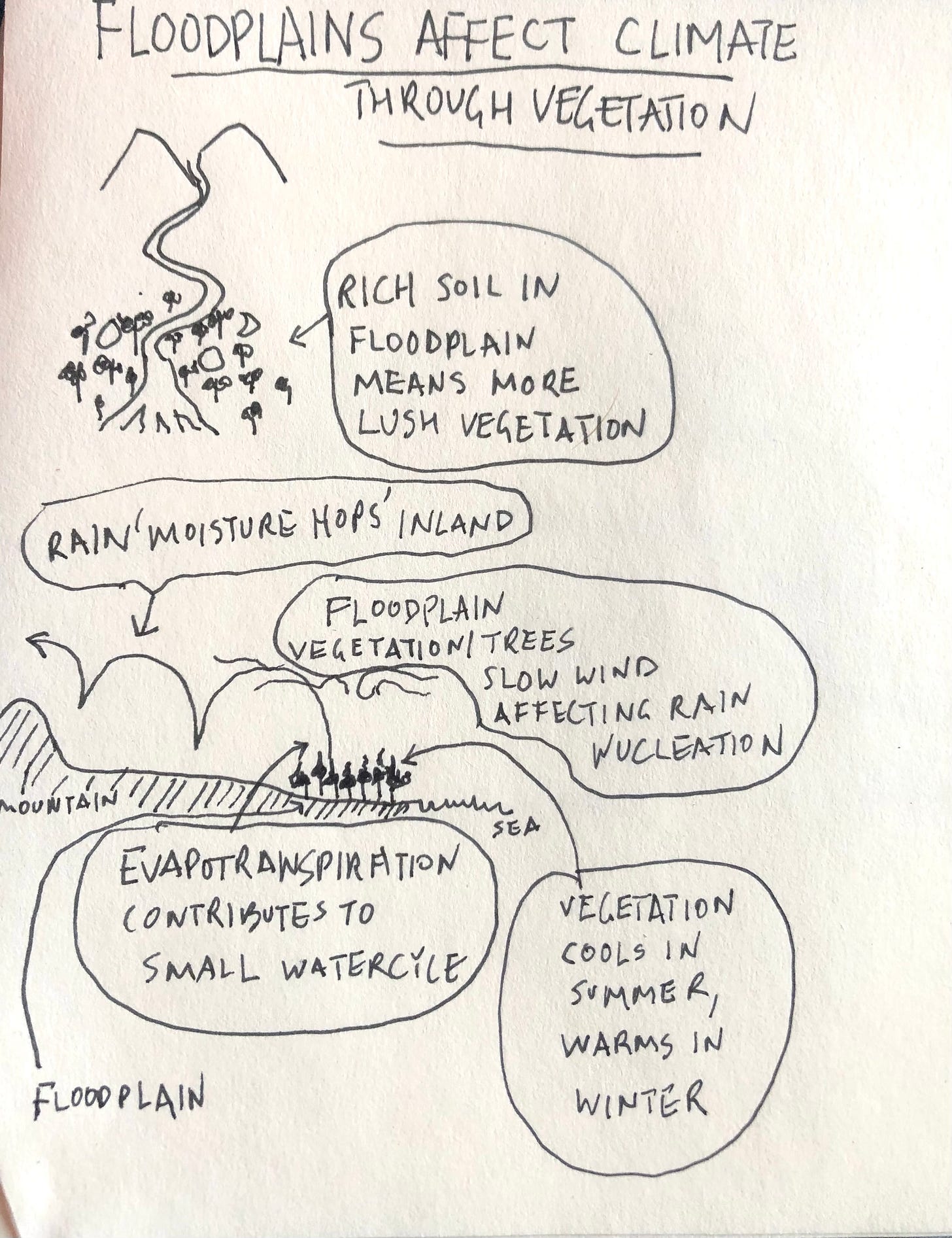
Thank you, Alpha.